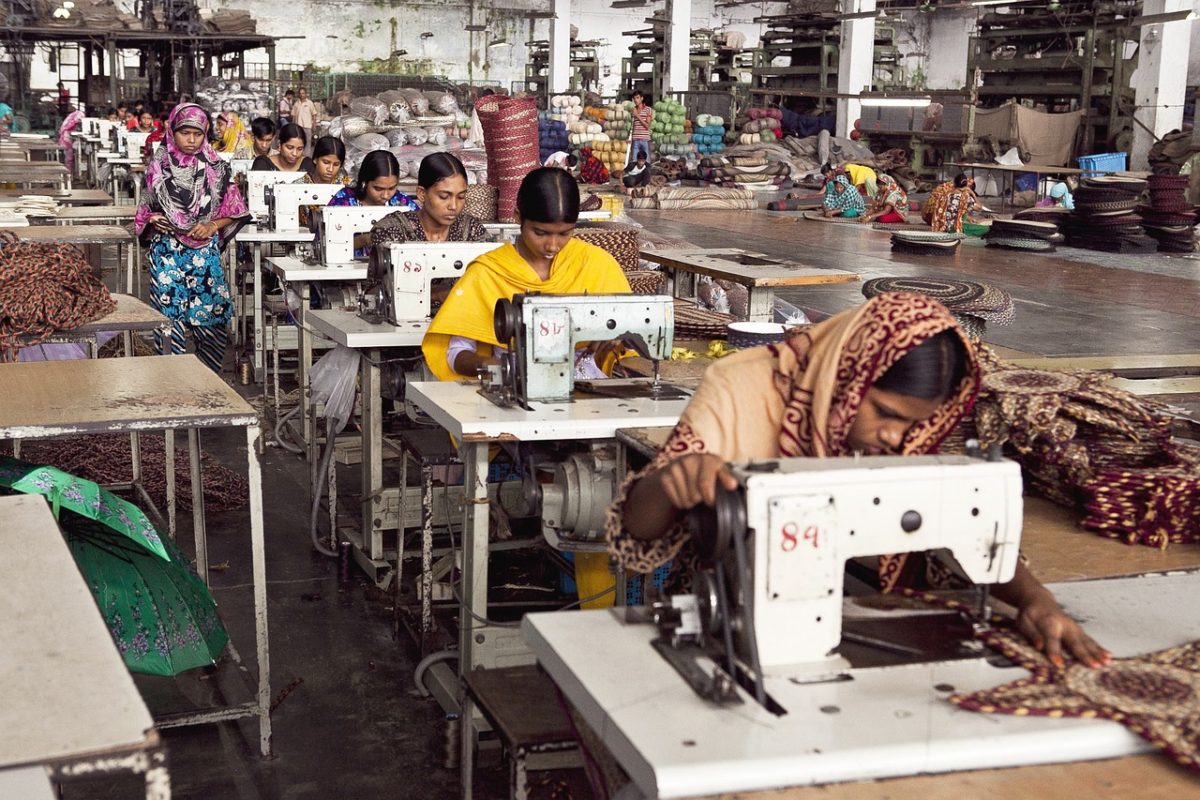The current economic developments in Bangladesh, particularly in its apparel industry and regarding foreign reserves, reveal a mix of past growth and current challenges.
- Apparel Industry Growth: Over the past decade, Bangladesh’s apparel industry has seen significant growth. From 2011 to 2019, Ready-Made Garment (RMG) exports from Bangladesh more than doubled, increasing from $14.6 billion to $33.1 billion, marking a compound annual growth rate of 7%.
- 2023 Slowdown in Apparel Industry: However, 2023 presents a downturn for this key sector. A global slowdown is anticipated to heavily impact Bangladesh’s garment industry, with export growth expected to fall by approximately 3 percentage points. This reduction is attributed to a deceleration in global clothing demand, which is set to add pressure on Bangladesh’s GDP and its dwindling foreign exchange reservess.
- Wage Protests and Increases: The Bangladeshi government announced a 56% increase in the monthly minimum wage for garment workers, raising it to $113 from the previous $75. Despite this increase, workers have continued to protest, demanding further wage increases. These protests have sometimes turned violent, with instances of vandalism and clashes with police.
- Challenges in Foreign Reserves: The country’s foreign reserves are under significant strain plunging to $19.5 billion in November 2023 from a record high of about $40.7 billion in August 2021. Compounding the problem are factors like a managed exchange rate, high oil prices, and relaxed import restrictions.
- IMF Loan to Address Economic Troubles: To address its mounting economic challenges, Bangladesh secured a $4.7 billion loan from the International Monetary Fund (IMF) in January 2023. The first installment of $476 million has already been received, and initial funding approval for the next loan tranche granted in October.
To sum up, led by its apparel industry, while Bangladesh has experienced remarkable growth in the past decade, it currently faces significant challenges due to global economic slowdowns and decreasing foreign reserves. The IMF loan signifies an effort to mitigate these challenges, but the outlook on the country’s economic stability remains grave.

One thought on “Bangladesh’s economy: Situational brief”
Comments are closed.